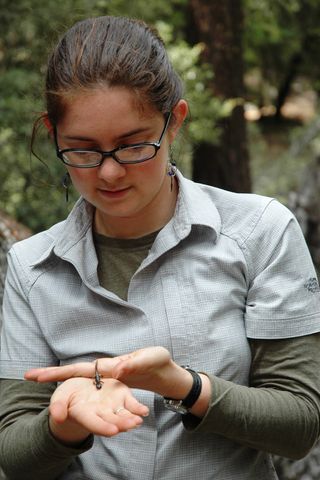Catherine Crawley
Latest articles by Catherine Crawley
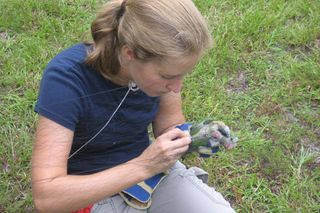
Parrot Pecking Order Hints at Humans' Social Lives
By Catherine Crawley published
Opinion Researchers uses quantitative methods to understand how and why species such as parrots develop complex social societies and how those social relationships compare to other animals.

Urgently Examining Environmental Impacts of Fertilizer Run-off
By Catherine Crawley published
Opinion As human activity alters the balance of nutrient cycles in nature, one mathematical biologist seeks answers to questions about how phosphorous pollution affects our lakes.
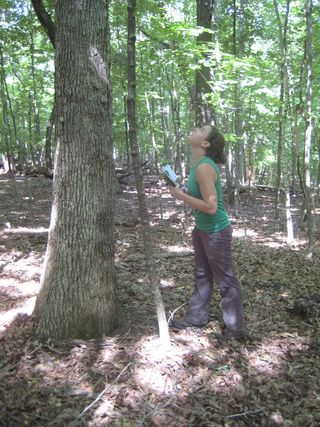
How Plants Affect the Global Carbon Cycle
By Catherine Crawley published
Opinion Caroline Farrior uses math to understand the old plants play in the global carbon cycle so scientists will be able to predict the path of climate change.
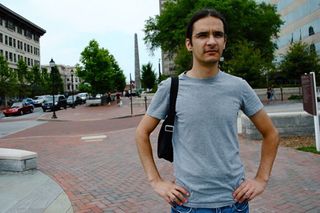
Computer Models Aid Kidney Disease Research
By Catherine Crawley published
Opinion Ioannis Sgouralis of the National Institute for Mathematical and Biological Synthesis is using mathematical modeling to study how the kidneys behave in a range of different conditions.
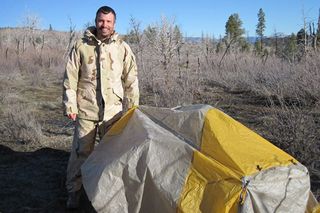
Using Math to Understand the Puzzle of Humanity
By Catherine Crawley published
Matthew Zefferman applies his enthusiasm for solving puzzles to investigating how human culture influences modern society.

Nick Matzke: Reconstructing Species Migrations Across Time
By Catherine Crawley, Biological Synthesis published
Want to know about historical biogeography? Ask Nick Matzke.
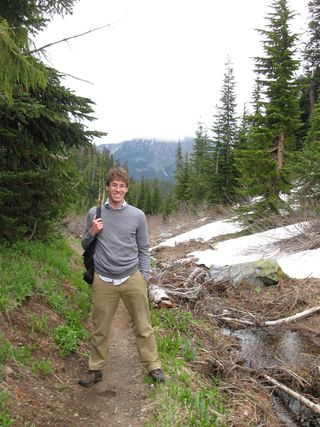
Conservation Efforts Not Just for Tree Huggers
By Catherine Crawley, Biological Synthesis published
Computer Geek, Sean Hoban, uses mathematical and computational tools to preserve endangered plant species.
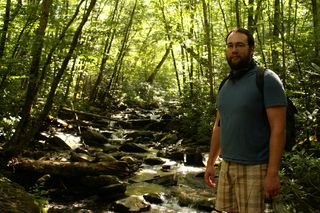
From Selfishness to Cooperation: What Drives the Change
By Catherine Crawley, Biological Synthesis published
Researcher Keenan Mack uses mathematical models to explore changes in human nature.
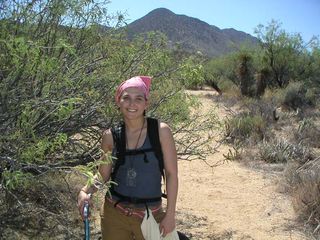
Math Models Predict Climate Change Effects
By Catherine Crawley, Biological Synthesis published
Michelle Lawing uses math in service of species’ survival.

Evolutionary Patterns Show Biodiversity on Earth
By Catherine Crawley published
Evolutionary biologist Jeremy Beaulieu develops new tools that represent evolutionary relationships among groups of organisms.
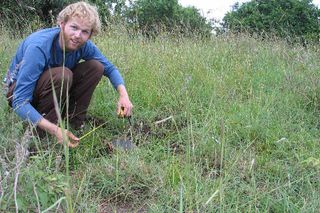
The Art of Mathematical Modeling
By Catherine Crawley, Biological Synthesis published
Chris Remien explores how mathematics can connect often hidden processes.
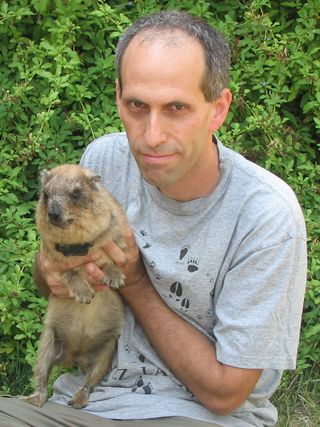
Mathematics Key to Unlocking Mystery of Language?
By Catherine Crawley, Biological Synthesis published
Researcher Arik Kershenbaum applies mathematical techniques to studying animal communications. Here he discusses his passions, studies and inspirations.
Get the world’s most fascinating discoveries delivered straight to your inbox.

